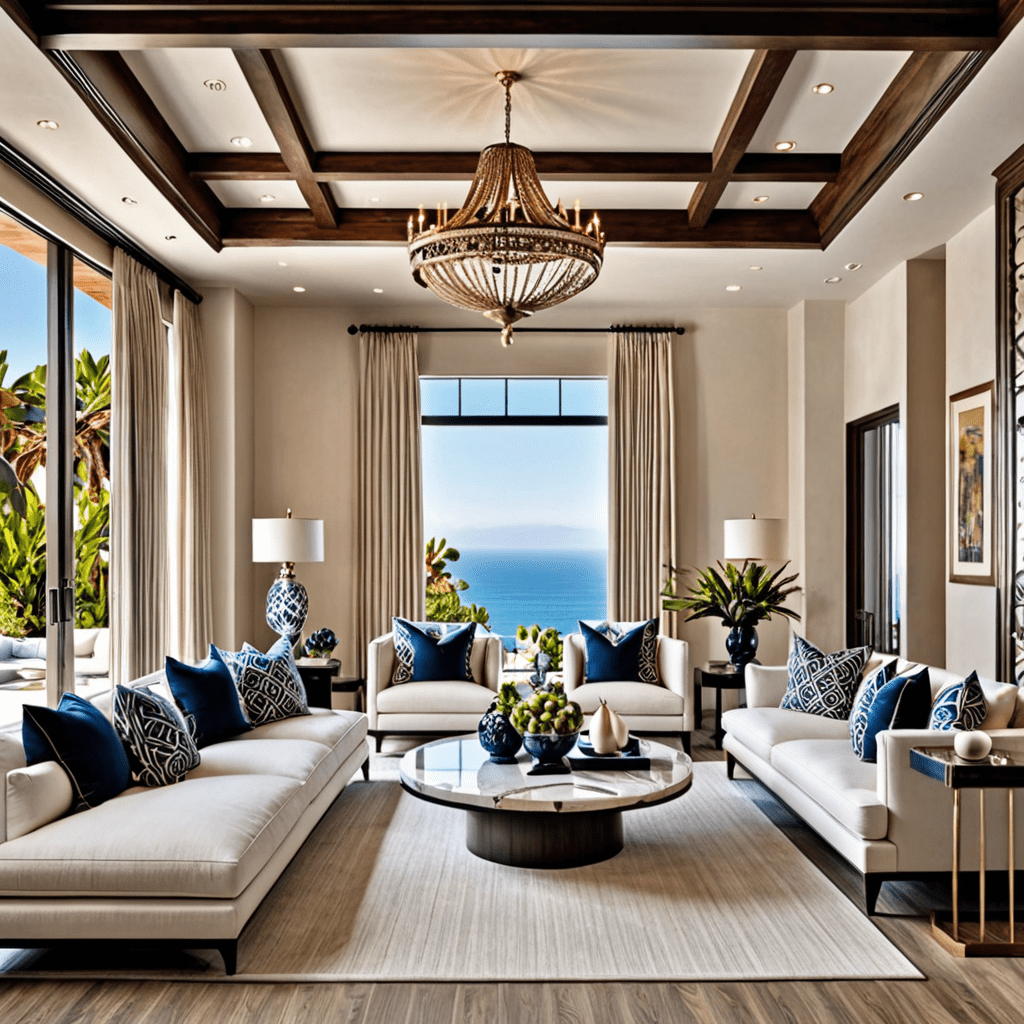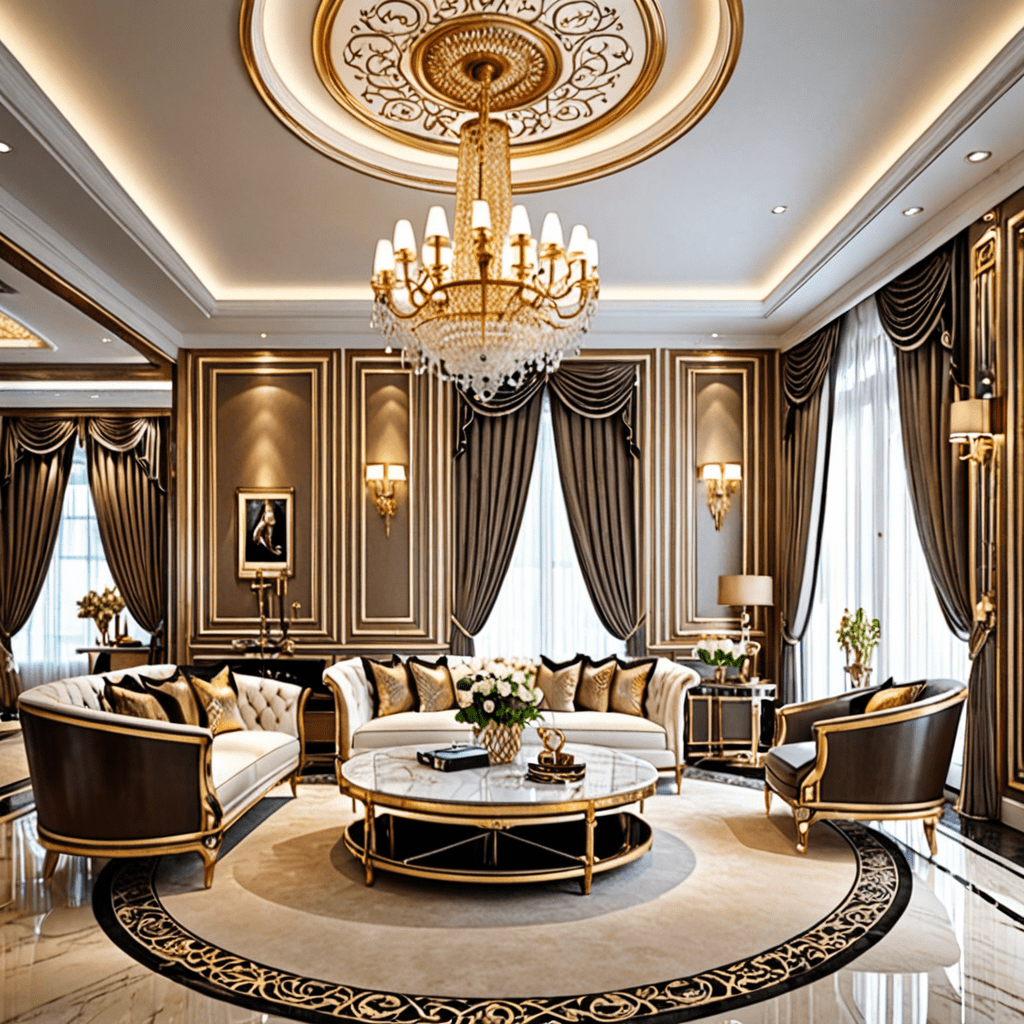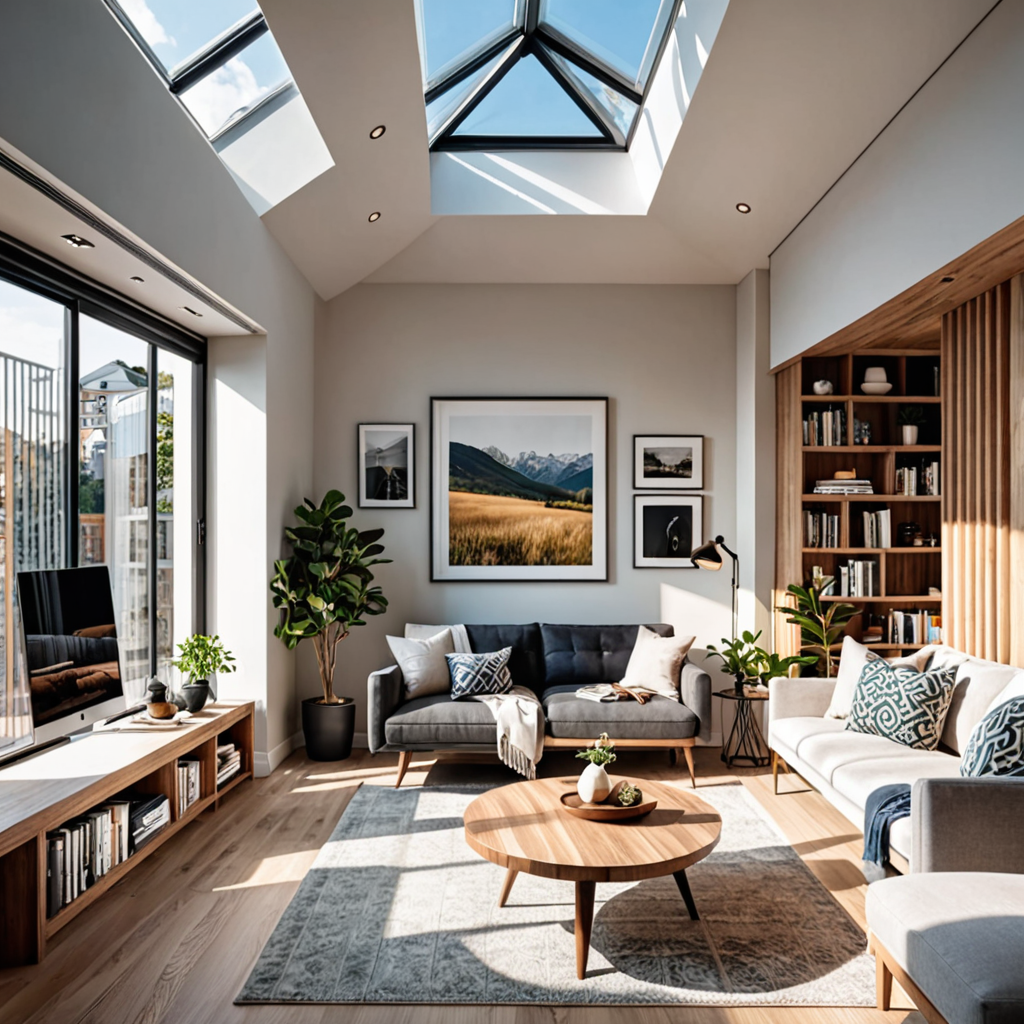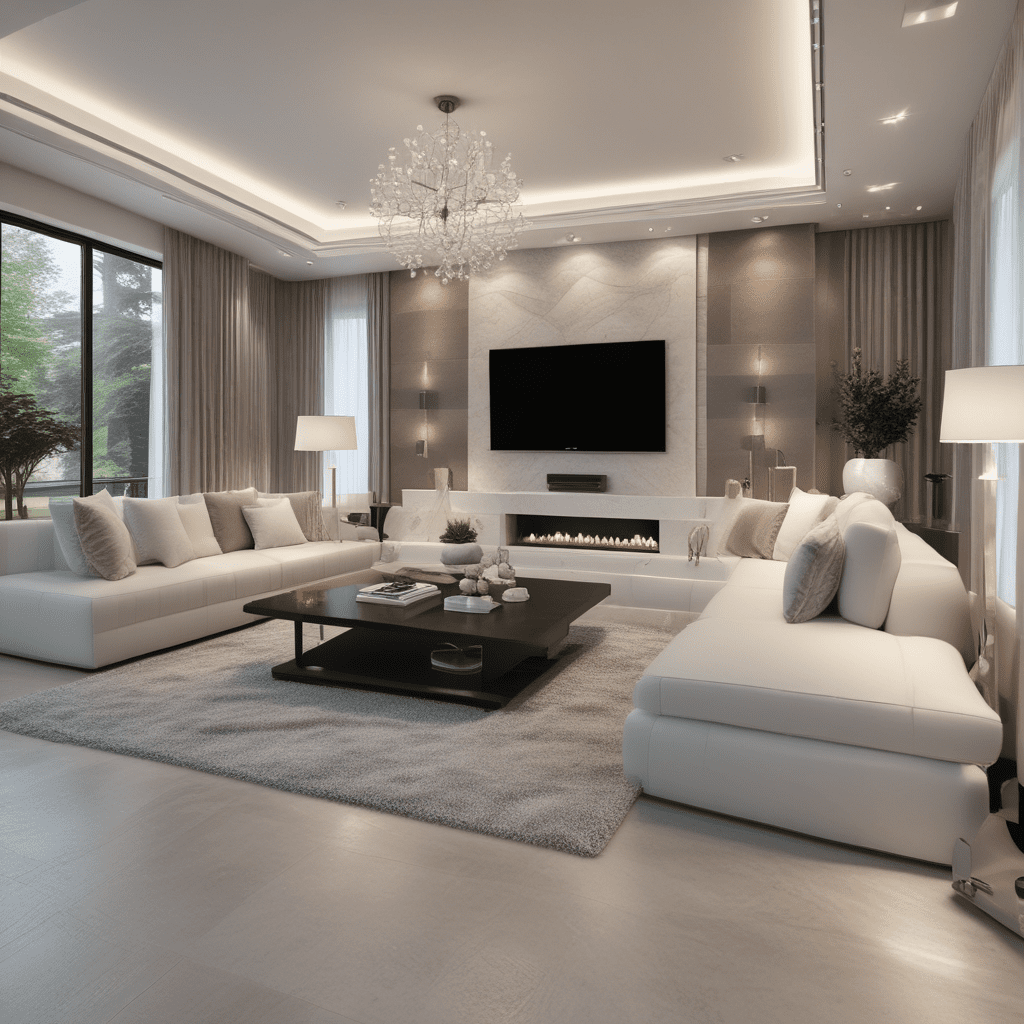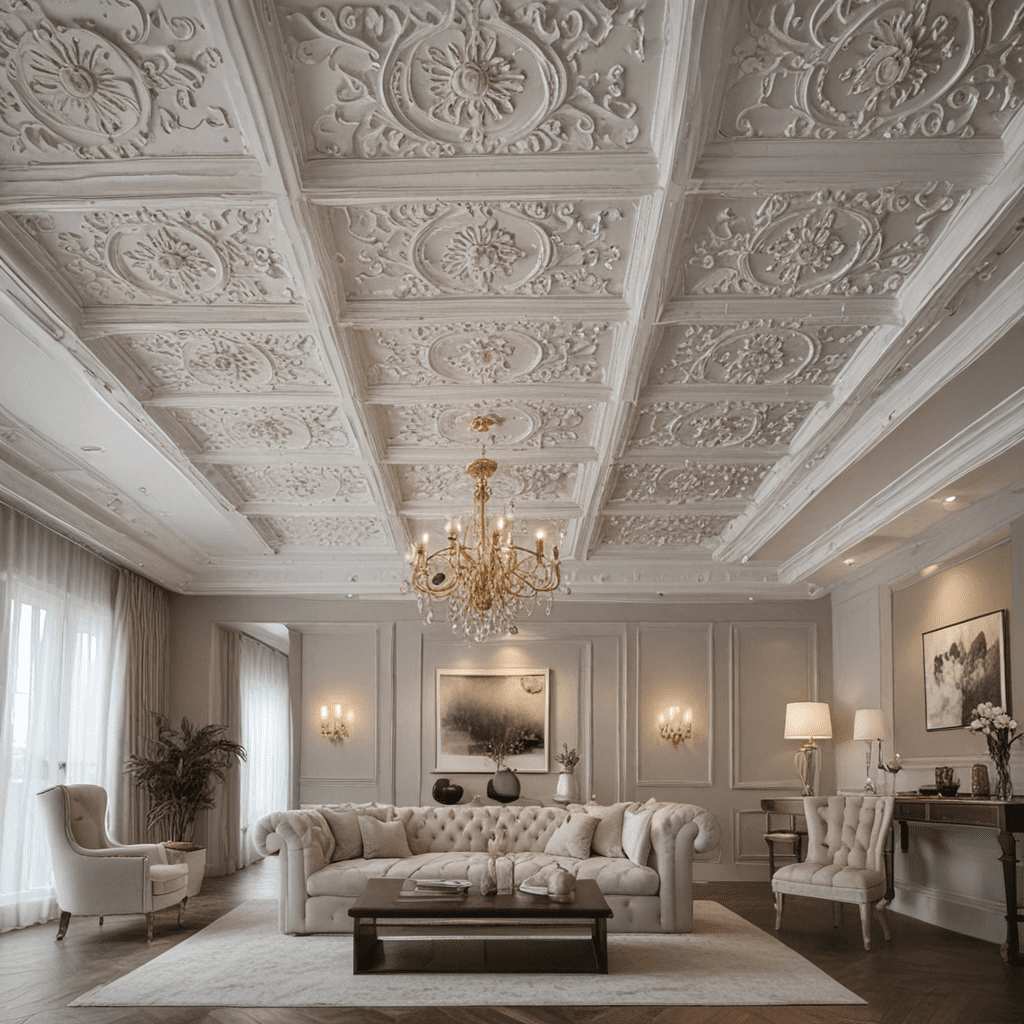Arts and Crafts Interior Design: How to Create a Unique and Personal Space
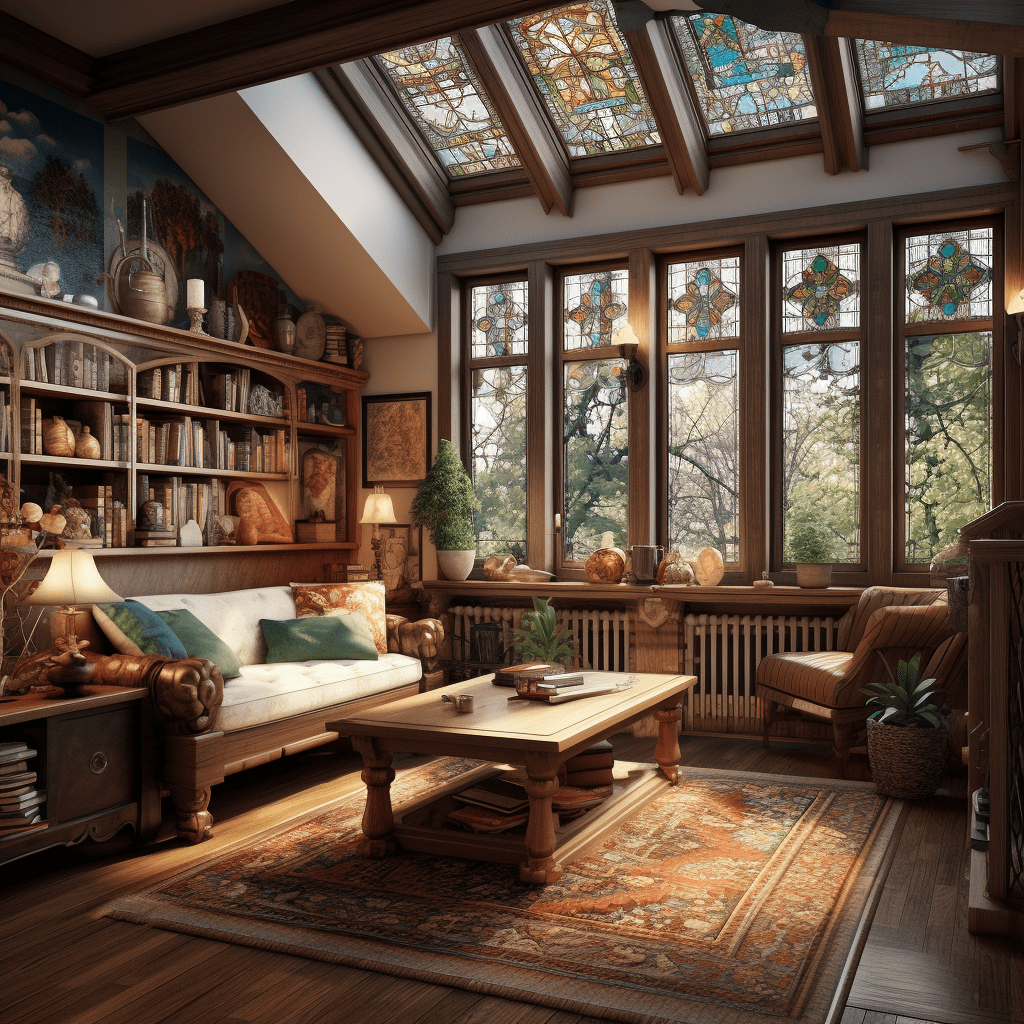

Arts and Crafts Interior Design: Embracing Creativity and Tradition
When it comes to interior design, there are numerous styles to choose from. One style that has stood the test of time and continues to captivate homeowners is arts and crafts interior design. Born out of the late 19th-century arts and crafts movement, this design style celebrates creativity, craftsmanship, and a connection to nature. In this article, we will explore the key elements of arts and crafts interior design and provide inspiration for incorporating this timeless style into your home.
1. Origins of Arts and Crafts Interior Design
Arts and crafts interior design emerged as a reaction to the industrialization and mass production of the Victorian era. Fueled by artists, architects, and designers such as William Morris and Gustav Stickley, this movement sought to revive traditional craftsmanship and embrace the beauty of handmade objects. It emphasized a return to simplicity, honesty, and the integration of art into everyday life.
2. Characteristics of Arts and Crafts Interior Design
The arts and crafts interior design style is characterized by several key features:
a. Natural Materials
One of the hallmarks of arts and crafts design is the use of natural materials. Wood, stone, and stained glass are commonly found in arts and crafts interiors. These materials bring warmth, texture, and a connection to the natural world.
b. Handcrafted Details
In line with its emphasis on craftsmanship, arts and crafts interiors feature handcrafted details. From intricately carved woodwork to hand-painted tiles, these details add a unique and personal touch to the space.
c. Simple and Functional Furniture
Arts and crafts furniture is known for its simple and functional design. Pieces are often made from solid wood and feature clean lines and minimal ornamentation. Functionality and comfort are prioritized over excessive decoration.
d. Earthy Color Palette
The color palette in arts and crafts interiors reflects the natural world. Earth tones such as browns, greens, and warm neutrals dominate the space. These colors create a cozy and calming atmosphere.
e. Textiles and Patterns
Textiles play a significant role in arts and crafts interior design. From handwoven rugs to intricate tapestries, textiles add depth, texture, and visual interest to the space. Geometric and nature-inspired patterns are commonly used, echoing the overall design aesthetic.
3. Incorporating Arts and Crafts Elements into Your Home
If you’re inspired by the arts and crafts movement and want to infuse your home with its design philosophy, here are some ways to incorporate arts and crafts elements into your interior:
a. Statement Furniture Pieces
Invest in handcrafted furniture pieces that embody the arts and crafts style. Look for sturdy, wood pieces with clean lines and timeless appeal. Arts and crafts style chairs, sideboards, and bookcases can serve as statement pieces in your home.
b. Artisanal Accessories
Add artisanal accessories to your space to create a sense of authenticity. From hand-blown glassware to handwoven baskets, these unique items showcase craftsmanship and can be conversation starters.
c. Natural Materials and Textures
Embrace natural materials throughout your home. Consider hardwood flooring, stone countertops, and exposed wooden beams. Incorporate textured rugs, throw blankets, and pillows featuring earthy colors and arts and crafts patterns.
d. Stained Glass Accents
Introduce the beauty of stained glass into your home by incorporating it in windows, doors, or as decorative panels. Stained glass adds a touch of elegance, as well as a colorful play of light and shadow.
e. Artwork and Prints
Select artwork and prints that pay homage to the arts and crafts movement. Look for pieces that showcase nature, showcase the beauty of handcrafted objects, or highlight the work of renowned arts and crafts artists.
f. Lighting
Choose lighting fixtures that complement the arts and crafts aesthetic. Consider pendant lights with stained glass shades, wrought iron chandeliers, or table lamps with colorful glass mosaic bases. These lighting fixtures can serve as functional pieces of art.
Frequently Asked Questions
Here are some frequently asked questions about arts and crafts interior design:
Q: Can arts and crafts interior design work in modern homes?
A: Yes, arts and crafts elements can be seamlessly integrated into modern homes. By selectively incorporating key design features and materials, you can create a harmonious blend of traditional and contemporary styles.
Q: How can I add a personal touch to my arts and crafts interior?
A: Adding personal touches to your arts and crafts interior is all about showcasing your unique taste and interests. Display handmade pottery, frame family photographs, and incorporate personal memorabilia that aligns with the aesthetic.
Q: Is arts and crafts interior design expensive?
A: While some artisanal pieces can be costly, arts and crafts interior design is not necessarily expensive. You can find affordable handcrafted items, furniture at various price points, and even create your own crafts to add a personal touch without breaking the bank.
Q: Can I mix arts and crafts with other design styles?
A: Absolutely! Arts and crafts interior design can be beautifully complemented by other styles such as rustic, farmhouse, or even minimalism. The key is to find a balance and create a cohesive look by selectively incorporating elements from each style.
Q: Are there any regional variations of arts and crafts interior design?
A: Yes, there are regional variations of arts and crafts interior design. For example, the American arts and crafts movement differs in some aspects from the British arts and crafts style. It’s interesting to explore these variations and incorporate them into your own design.
Q: Can I achieve an arts and crafts look on a smaller scale?
A: Definitely! Even if you live in a small apartment or have limited space, you can still achieve an arts and crafts look. Focus on incorporating key elements such as natural materials, handcrafted accessories, and arts and crafts-inspired patterns in your decor.
In conclusion, arts and crafts interior design offers a timeless and versatile aesthetic that celebrates craftsmanship, simplicity, and a deep connection to nature. By incorporating natural materials, handcrafted details, and a warm color palette, you can infuse your home with the beauty and spirit of this design style. Whether you live in a suburban house or a city apartment, arts and crafts interior design can create a cozy and inviting atmosphere that honors the traditions of the past while embracing your unique personal style.
